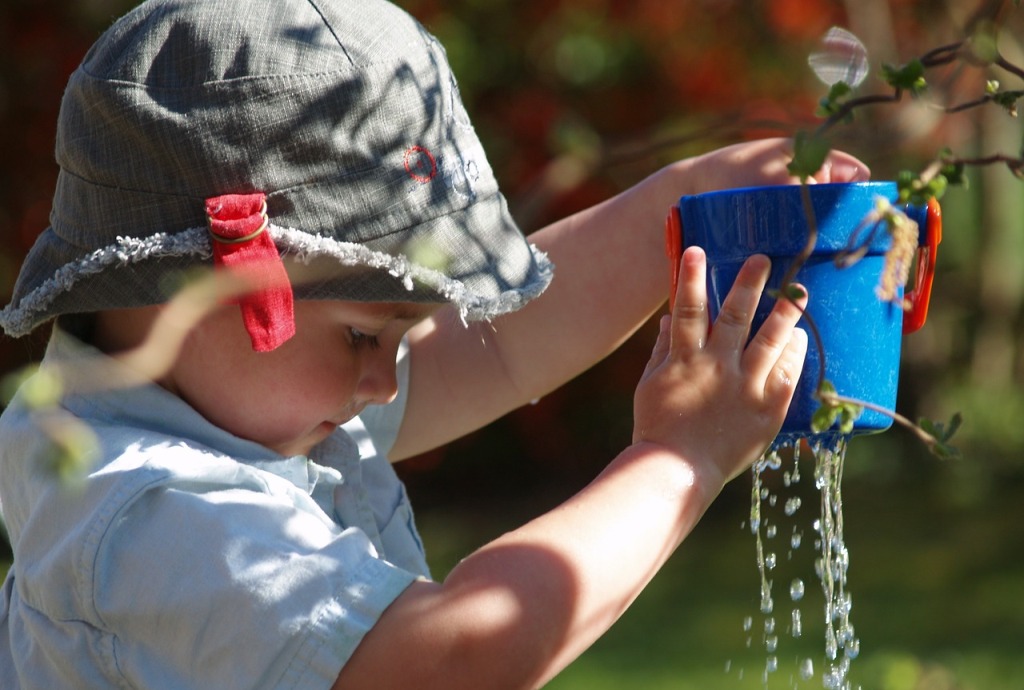What is your nursery doing to narrow the gap in children’s learning and development?

Children learn and develop at their own pace, yet are some children falling behind their peers. What can childcare settings do to narrow the gap? Narrowing the gap in children’s development is not just a practitioner’s job it is also a manager’s job to be across this as well.
Nurseries have a priority to encourage and support the development of all children. Two-year-olds from disadvantaged backgrounds are now able to access a quality early education through Nursery Education Funding; alongside all three and four year olds for fifteen hours per week. This funding was introduced in an attempt to narrow the development gap between children from different backgrounds; ensuring that children whose parents are unable to afford nursery fees are still able to access some early learning prior to starting school. Research has shown that Nursery Education Funding is supporting those children from disadvantaged backgrounds to access the same opportunities as their peers. So why is there still a noticeable gap in achievement?
Funding to help narrow the gap
Nurseries can apply for funding through the Early Years Pupil Premium (EYPP), for any disadvantaged three and four year olds. This funding can be used to enhance play opportunities or the learning environment for these children, in order to narrow the gap in development. However accessing this information from parents can be time consuming and difficult. Parents may not see the importance of registering their child for this funding, as they are not in direct receipt of the funding. It is important for practitioners to explain to eligible parents the impact that this funding could have on the learning of their child. The funding can help to buy equipment or pay for trips out into the community, something a child may not be able to do often. Accessing this funding can really benefit children’s learning opportunities and help to narrow the gap between children from differing backgrounds.
Everybody’s job to narrow the gap
It is important that all practitioners, including managers, which are involved with the child know where he/she is developmentally. OFSTED will want to see evidence that all practitioners are working together to narrow the gap in achievement. This can be evidenced through a child’s learning journey showing a breadth of learning-rich activities and opportunities for development. Tracking tools will support practitioners in identifying areas that require support, and next steps will enable the child to further their learning through their individual interests. Practitioners should ensure that children from disadvantaged backgrounds are given the same opportunities to feel part of a community; this may include offering a reduced price or payment plan to support parents financially when paying for nursery essentials such as a pre-school uniform.
Getting children ready for school
Narrowing the gap in development is a high priority in ensuring each child is school ready by the end of pre-school. Children that are seen to be ‘falling behind’ prior to school may have difficulties during the transition period. Practitioners can support children in preparation for school by working with parents to meet particular milestones. Parental influence can have an impact on a child’s development, with more and more campaigns supporting home learning. Save the Children promote the importance of home learning through their “Read on Get on” campaign; in which they encourage parents to read at home with their children to develop literacy and language skills. Practitioners and parents can work together to narrow the gap in achievement.
With the introduction of the 3ohrs free children, there will be more emphasis on the impact of the increased funding on narrowing the gap in children’s development. Ofsted are also very keen to see how nurseries are evidencing this information, therefore, evaluate your tracking tools and see if they provide you with the relevant information.

Leave a Reply